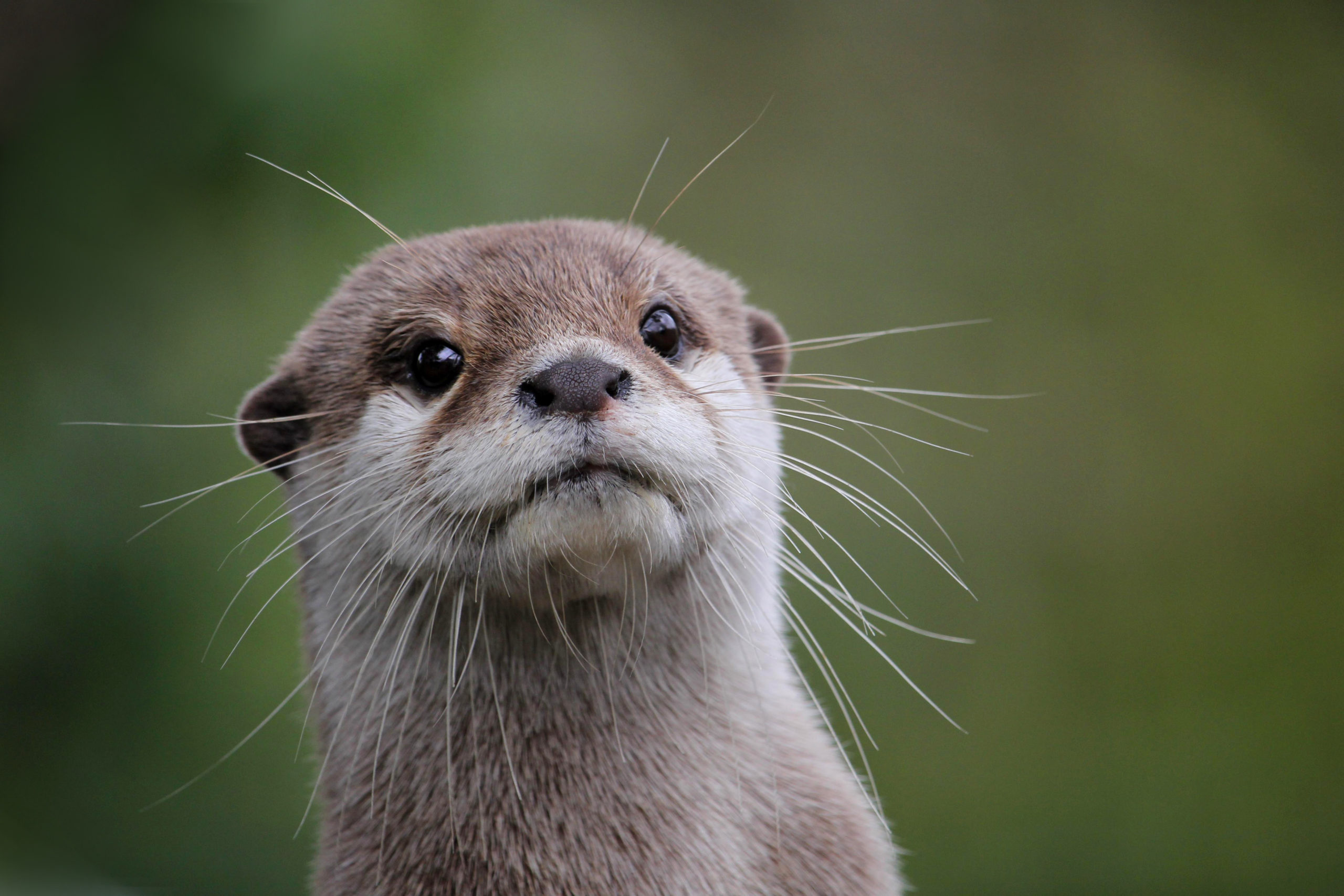Reptiles and amphibians at CITES CoP18: Stronger protection from over-exploitation.
In the months leading up to the Conference of the Parties (CoP) of the Convention of the International Trade in Endangered Species of Wild Fauna and Flora (CITES), which concluded in Geneva, Switzerland, on Aug 28th 2019, Monitor published several reports and scientific articles highlighting trade in Sri Lankan endemic reptiles, the Union Island Gecko Gonatodes daudini and the Tokay gecko Gekko gecko.
These species were amongst the many reptiles, and to lesser extent, amphibians, that were well-represented at at the CoP. The 19 herpetofauna-related proposals comprised a third of all proposals and included a multitude of species threatened by trade for medicinal purposes and for the pet trade.
With the exception of two proposals, where one was withdrawn and another rejected, all these proposals were accepted, marking a win for greater protection for species which are often eclipsed at international events by species with tusks, horns and stripes.
Sri Lanka championed for the protection of many of their endemic reptiles, as many have found their way into the global pet markets – despite the fact that Sri Lanka does not allow export. Now, these endemics have elevated protection on the CITES Appendices.
The trade in tortoises and freshwater turtles was a hot item at the CoP, with four proposals adopted to transfer species from Appendix II to I, thereby severely restricting commercial trade in these species. That four species were uplisted to Appendix I is a grave reminder that globally, too little is being done collectively to address the threats faced by tortoises and freshwater turtles.
The proposal to list the Tokay gecko on Appendix II was the subject of much debate. While it is widespread throughout Southeast Asia, its wild populations are being decimated for medicinal purposes, with estimated millions harvested annually. Several range states and the largest consumer voiced their opposition to the proposal. In the end, the proposal was accepted and the Tokay gecko will be subject far greater monitoring and regulation.
Three out of four amphibian proposals were adopted: Spiny newts (Echinotriton), Asian warty newts Paramesotriton spp. and Crocodile newts Tylototriton spp. were listed on Appendix II. The proposal by Costa Rica, El Salvador and Honduras to list four genera of glass frogs (104 spp.) on Appendix II was not successful. As they look alike, the proponents proposed listing all species to prevent a shift between species if some become protected. As the next CoP will be held in Costa Rica in 2022, and this proposal might re-emerge.
Monitor is pleased to have been able to contribute evidence-based data to this process, and to have played a role in catalysing stronger international protection for these species and regulation of trade. Supporting the effective implementation of these international regulations is the next challenge.
CITES (www.cites.org)
With 183 Parties, the Convention on International Trade in Endangered Species of Wild Fauna and Flora (CITES) remains one of the world’s most powerful tools for wildlife conservation through the regulation of trade. Thousands of species are internationally traded and used by people in their daily lives for food, health care, housing, tourist souvenirs, cosmetics or fashion. CITES regulates international trade in over 35,000 species of plants and animals, including their products and derivatives, to ensure their survival in the wild with benefits for the livelihoods of local people and the global environment. The CITES permit system seeks to ensure that international trade in listed species is sustainable, legal and traceable. CITES was signed in Washington D.C. on 3 March 1973 and entered into force on 1 July 1975.
By Jordi Janssen.
Share this article:

How you can help
Please consider making a donation to support this crucial work for wildlife.

